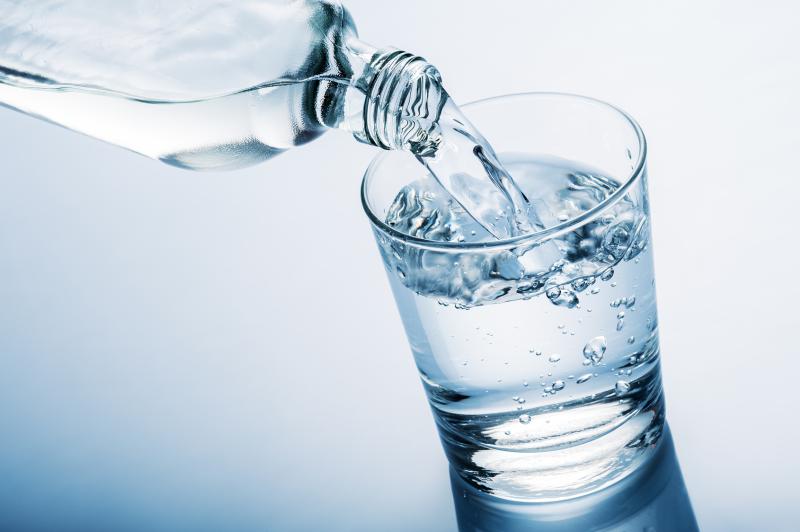
Measurements of arginine-stimulated copeptin can distinguish patients with central diabetes insipidus from those with primary polydipsia with an accuracy comparable to that of the hypertonic saline approach, the current diagnostic standard, according to a study. Furthermore, arginine stimulation is easier to perform and associated with fewer adverse effects.
“Differential diagnosis of diabetes insipidus is challenging. The most reliable approach is hypertonic saline-stimulated copeptin measurements. However, this test is based on the induction of hypernatraemia and requires close monitoring of plasma sodium concentrations,” the investigators said.
“Arginine infusion, [on the other hand], is known to stimulate anterior pituitary hormones such as growth hormone and so is widely used as a simple and well tolerated tool to diagnose growth hormone deficiency. We hypothesized that [the] infusion could be a useful and simple test to stimulate copeptin and diagnose diabetes insipidus,” they added.
The investigators enrolled 52 patients (12 with complete diabetes insipidus, nine with partial diabetes insipidus and 31 with primary polydipsia) and 20 healthy adults and 42 child controls (with suspected growth hormone deficiency) in the development cohort. They also established a validated cohort involving 46 patients (12 with complete diabetes insipidus, seven with partial diabetes insipidus and 27 with primary polydipsia) alongside 30 healthy adult controls. All patients in both cohorts presented with polyuria (>50 mL/kg bodyweight per day).
All participants underwent arginine stimulation with measurement of plasma copeptin at baseline and at 30, 45, 60, 90,and 120 minutes. Pooled participant datasets showed that arginine markedly increased median copeptin concentrations in healthy adult controls (from 5.2 pM to a maximum of 9.8 pM) and in participants with primary polydipsia (from 3.6 pM to a maximum of 7.9 pM), but only minimally in those with diabetes insipidus (from 2.1 pM to a maximum of 2.5 pM). [Lancet 2019;394:587-595]
Overall, copeptin levels at a cutoff of 3.5 pM, measured at 60 min following arginine simulation, yielded the highest diagnostic accuracy (93 percent, 95 percent CI, 86–97) for differentiating between partial diabetes insipidus and primary polydipsia. The corresponding sensitivity and specificity were 93 percent and 92 percent.
The test was safe and well tolerated, with mild nausea frequently recorded. Other adverse effects such as vertigo, headache and malaise (previously reported to occur in up to 70 percent of patients during hypertonic saline stimulation) occurred rarely (≤5 percent) during arginine simulation.
Taken together, the present data indicate that arginine infusion is a potent stimulus of the posterior pituitary and that measuring arginine-stimulated copeptin can discriminate between central diabetes insipidus and primary polydipsia with high diagnostic accuracy, the investigators said. “Therefore, we propose arginine stimulation as a simplified, novel and safe diagnostic approach to diabetes insipidus.”
Arginine stimulation clearly edges out hypertonic saline in terms of tolerability, according to an expert who is not involved in the study. [Lancet 2019;394:546-547]
“Furthermore, it might be sufficient to measure copeptin only once 1 hour after arginine stimulation, the timepoint with the highest diagnostic accuracy,” wrote Dr Ewout Hoorn from the University Medical Center Rotterdam in the Netherlands in an accompanying editorial.
“A definitive study would now be a head-to-head comparison of hypertonic saline versus arginine. Pending this study, one could envision a stepped approach in which the arginine stimulation test is done first, followed by the hypertonic saline-infusion test only when copeptin concentrations increased with arginine,” Hoorn added.